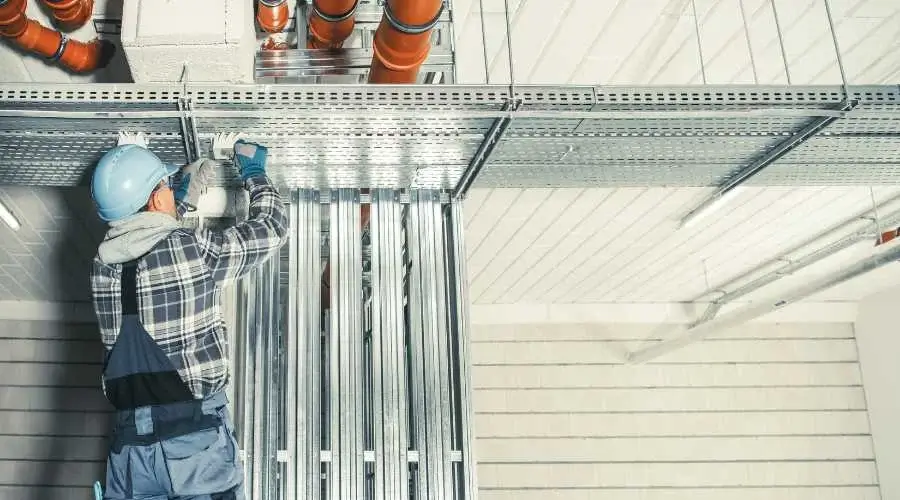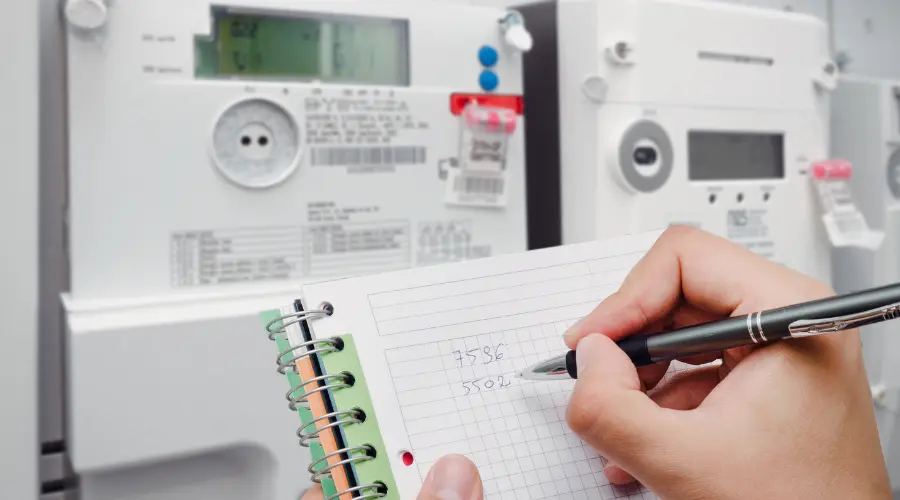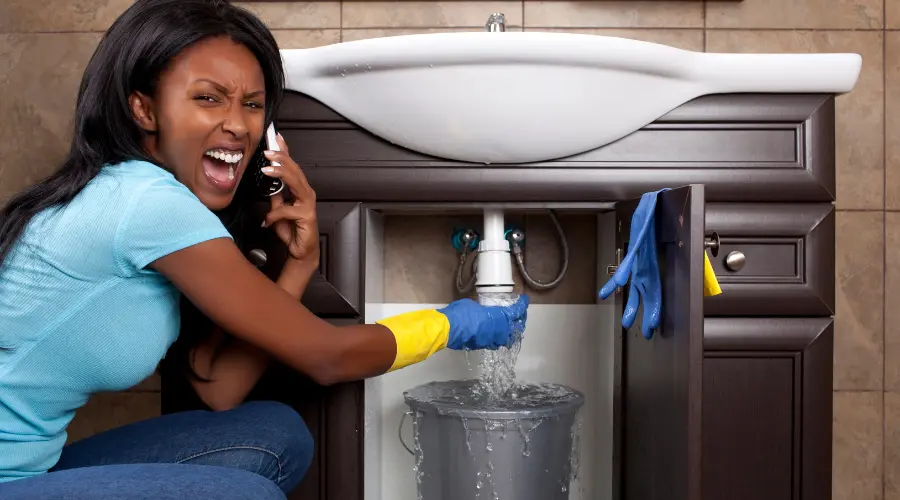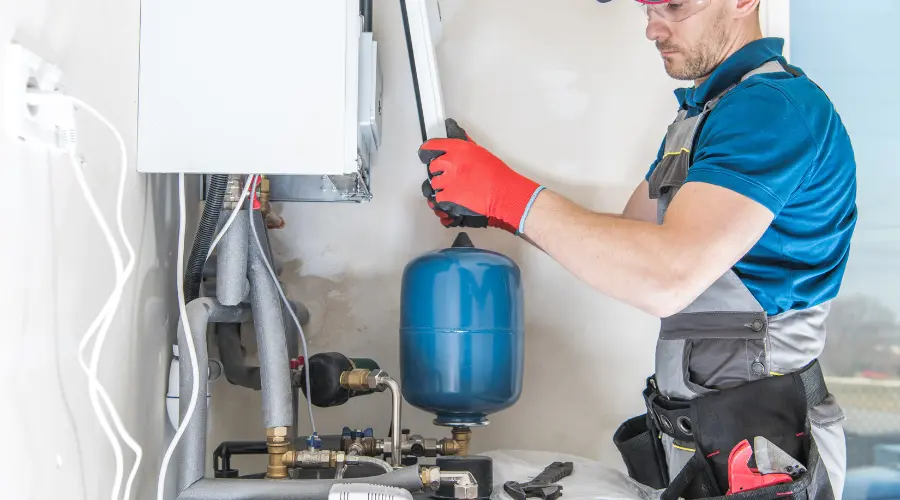Whether at home, working in a restaurant, or visiting a retail store, you may encounter a variety of plumbing systems. Turning on your kitchen sink requires a complicated system of pipes and valves for water delivery. Residential and commercial enterprises and communities need large plumbing networks to keep everyone safe, healthy, and happy at all times.
New York NJ has a complex network of subsurface pipes and drainage systems that provide daily water, from storm drains to potable water in your home. We’ll go through the many types of plumbing systems used in New York NJ, how they deliver clean water, and how they effectively remove waste from buildings in this part.
3 Types of Plumbing Systems in New York NJ
Every plumbing system has a specific function. Three plumbing systems are employed to remove hazardous material from pure drinking water to keep New York NJ people safe and healthy.
1.Storm Drainage
We’ve all seen water pour down a roadside after washing a car or on a wet day. New York NJstorm drainage system keeps the county’s homes and businesses from flooding whenever it drizzles. Storm drainage systems collect rainwater and direct it in a direction similar to your home’s gutters to lessen flooding or property damage. Municipal storms similarly drain work.
The storm drain network in New York NJ covers over 1,443 kilometers of land. After passing via these storm drains, the runoff from the city’s houses and buildings is diverted away from nearby rivers by a network of levees, underground canals, and basins.
Grates gather large debris to be sent to a pumping station as water streams down a storm drain during a rainfall. At the pumping station, large screens catch any debris, such as twigs and leaves, that made its way into the storm drains. After that, the stormwater is sent through miles and miles of canals to basins spread around the city, forming a sanctuary for wildlife in New York NJ.
2. Sanitary Drainage
Sanitary drainage systems divert water from storm drainage systems and into a treatment facility using underground sewage mains buried under municipal streets. Every building must have sanitary drainage constructed. People living in houses and places of business without efficient waste water collecting systems may have health problems due to bacteria that have not been effectively removed from the building.
Sludge and wastewater are segregated for proper disposal in chambers in sanitary plumbing systems. Since these systems are relatively complex, a qualified team must inspect them to protect everyone’s health and safety in the building. Hazardous waste may contain various microorganisms when sanitary drainage systems have problems like leaks or obstructions.
Toilets often come with P-traps. These traps are necessary to prevent sewer odors from penetrating the building. When a toilet is flushed or water is sent down a sink drain, the web allows wastewater to pass through, but it is then filled with clean water to prevent gasses from returning down the pipes.
The internal sewage drainage systems are also connected to a vent at the building. This lowers the flow pressure and prevents contaminated water from entering the pipes in the wrong direction.
3. Potable Water
Potable water systems, sometimes called drinking water systems, must be constructed so they won’t come into contact with sanitary and storm drainage systems. The last thing you want is for the water used for cooking and drinking to become contaminated with harmful microorganisms that might jeopardize your health.
Because of this, all pipes that transport potable water must be constructed, repaired, and insulated properly by plumbing professionals. The materials used in these plumbing systems must function properly to maintain high-quality drinking water and ensure no crossovers with other pipes. Depending on the size of the building, the temperature of the water, and the frequency of use, the pipes that transport potable water are often made of galvanized steel, PVC, CPVC, PEX, or copper.
Municipal water sources are connected to buildings such as homes and businesses by a system of pipes, pumps, and valves called city distribution systems. Over 80% of New York NJ drinking water comes from the New York NJ and American Rivers. This water is filtered and distributed around the nation for daily use. Using this technique, water may be supplied to agricultural operations to maintain livestock and crops.
Plumbing Transport Systems
Water cannot move if there is no pressure. Infrastructure for transportation could be beneficial. A plumbing transport system may move water from a treatment facility, a residential or commercial plumbing system, or both to a specific location.
Pumps
Municipalities in New York NJ transport water from its source to residential and commercial structures via a network of pumps. Centrifugal pumps and displacement pumps are two different kinds of pumping systems. New York NJ uses pumps to transport garbage and water to the proper locations. Pumps also help remove gasses and possibly dangerous compounds from garbage to prevent them from entering your home via the pipes.
Sump pumps are a necessary component of every building’s plumbing system. Without them, major flooding might occur in a home, an apartment building, a building that houses a school, or a dining establishment. The sump pumps are turned on by a switch that opens when the water level in the sump basin reaches a certain level. When this switch is turned on, the water will be driven through a discharge pipe and sent to a specified drainage site.
Gravity
Sanitary drainage systems depend on gravity to properly move sewage away from buildings and towards treatment facilities when pumps are not being utilized. The pipes must be buried well below the surface for these systems to function correctly so that gravity may carry wastewater.
Sewage drainage systems are significantly impacted by gravity as well. That water has to go down the drain to prevent more water from getting on the pathways and roads. Only gravity applies pressure and moves the water into the underground system of pipes; no equipment pumps it there.
Gravity is only helpful during the first phases of water transport due to New York NJ terrain. Pumping stations are necessary for the city to adequately convey the accumulated rainfall. On the other hand, Siphons are a great technique to move water against gravity without a pump system.
Siphons, commonly called tubes, are frequently seen in toilets and enable water to travel up and over a pipe curve. Gravity pulls the water around the bend in the pipe due to the pressure created by the change in water level, giving the appearance of a pump without the complicated mechanics.
Valves
In many kinds of plumbing systems, valves perform a wide variety of tasks. In residential, commercial, and industrial settings, valves are an essential piece of machinery for managing the direction and flow of water, from water shutdown to pressure adjustment.
The plumbing system includes shutdown valves, which may be used to stop water flow if required. When a pipe has to be repaired, this is often employed. The valves may control the flow of water from a specific area of the plumbing system in the case of a leak or damaged pipe, allowing plumbers to fix the fixture safely. To know where to turn off the water if there is a leak, locate the cutoff valves in your house.
What to Do When Your Plumbing Systems Fail in New York NJ
All of these aspects work together to ensure you have access to the water you need daily. No matter what plumbing system it is, it will eventually need additional upkeep. The plumbing system can only manage so much water flow from treatment facilities to your home’s taps and back to displacement areas.
West New York Plumbing and Heating will respond quickly to any issues with your household, place of business, or institutional plumbing systems. To restore the integrity of broken subterranean pipes without endangering the nearby property, we specialize in trenchless pipe repair technology. Therefore, you won’t have to worry about any harm to your grass or landscaping since we will handle the issue.
You can depend on our expertise to make sure your pipes operate well since we are licensed and insured. We have seen a variety of losses throughout the years of our expertise. Rusted parts or strong tree roots may have damaged your underground pipes, but we’ll fix the issue soon. Visit our plumbing installation and repair services page to learn more New York NJ; contact our professionals right now.




